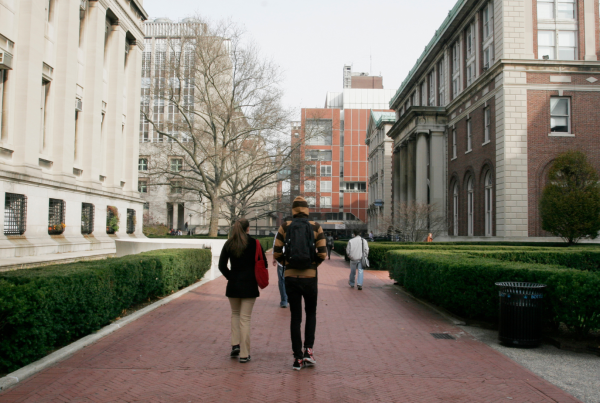by Scott Lutostanski
In all my years working with students, initiation has always been the most glaring and repeated struggle that students have. Quite simply stated, getting started is difficult. It becomes even more daunting as the task gets bigger. It’s much tougher to get started on writing a five-page paper than it is to do a nightly Spanish worksheet. There are many steps that students and parents can take to improve the ability to initiate, but the first — and most often overlooked — is the environment we create for ourselves to work in. With finals season upon us and hours of studying ahead, it is important to consider your working environment.
Famous psychologist Mihaly Csikszentmihalyi described FLOW as “a state of complete concentration or complete absorption with an activity.” It means that an individual is so locked into what he is working on that time seems to fly by, an optimal level of work is achieved, and there is total immersion into the activity. For finals purposes, we can refer to flow as being “in the zone.” This can be very difficult for students who struggle with attention issues or self-regulation. A major component of being able to get in the zone is the ability to get started, focus on the work, maintain a level of attention, and avoid outside distractions. When creating the ideal work environment that will lead to being “in the zone,” consider the following tips.
Location: Where is the studying going to take place? If studying at home, which room is optimal? The kitchen, the bedroom, the family room? Maybe it’s important to leave the house and head to Starbucks or the library. The location that a student picks to study can be crucial to their ability to get started.
Visual Field: This goes right along with location. What is in the visual field of your workspace? Are your brothers and sisters running around you in the room you’re in? Is there a window that will distract with activity happening outside? Does the work desk face a blank wall? It’s important to be aware of your own distractibility and create an environment that takes distractions out of play.
Noise: What kind of noise is optimal for studying? Headphones or no headphones? Is the TV on in the backroom? Is silence the best environment? Find the sound situation that helps increase focus and optimizes learning.
Technology: This is a big one. Where is technology when you are studying? Do you need your phone? Do you need your computer? Should they even be present in the room at all? Do they help or hurt? Oftentimes, the cell phone has to be left behind to get “in the zone.” It is one of the biggest distractors.
Energy: What do you need to have the most energy? Consider when you’re drinking your coffee (or taking medication, if applicable). Make sure you have any food or drink that is needed to avoid movement and distraction for a long time. If you need a specific snack or drink, then make sure you have it!
I often have students complete an exercise where they write down their ideal environment, one that allows them to initiate their work and maintain a steady stream of production. By being aware of our work limitations and setting up an environment to that addresses these issues, getting started will become much easier. For students that struggle to get started, it is important to put themselves in the best position to succeed.





